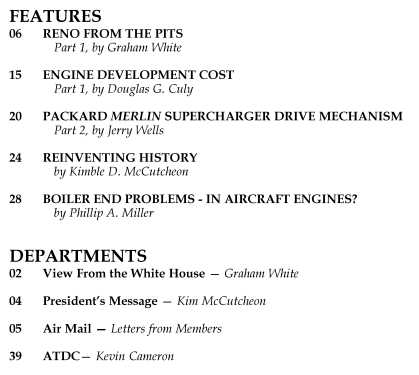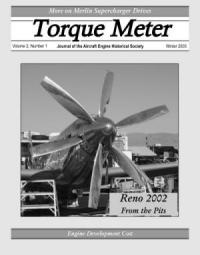
Torque Meter
Winter 2003 Issue
 |
|
Reno From the Pits This report focuses on the Unlimited Class and is aimed at the techies and gear heads. It spotlights the "behind-the-scenes" goings-on that keep these remarkable racers in top form. It presents a day-to-day description of the scuttlebutt and overview of mechanical issues and tweaks made to the racers. |
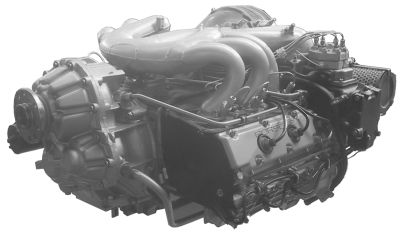 |
Engine Development Costs It is said that an engineer is one who builds for a dime what any fool can build for a dollar. This is certainly true of aircraft engines. Doug Culy explains how analysis of historical data can help predict the costs of new engine programs. Engine development is a big enough effort that its cost is frequently a noticeable fraction of the net worth of the company doing it. Because of the inherent risk and consequences of engine programs, manufacturers and their big customers study historical development program data so as to be able to predict the cost of the next program. |
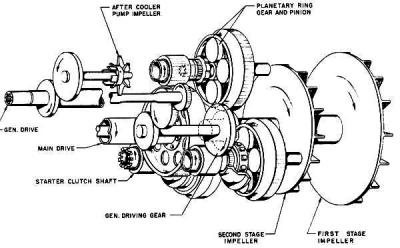 |
Packard Merlin Supercharger Drive Mechanism How it all works. The basic drive train for the Packard two-stage engines consisted of eight spur gears which were deployed for both high and low-ratio. The mechanism to produce the two impeller speeds was located in each of the layshafts where, essentially, the gap between the small and large layshaft pinions was bridged by a planet cage and four planet wheels. |
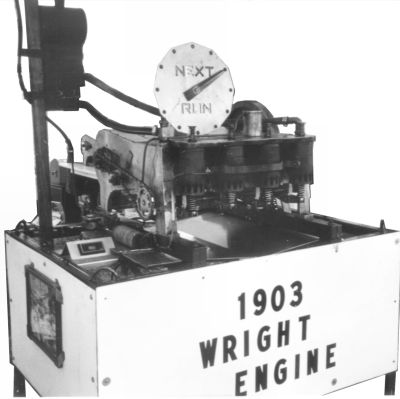 |
Reinventing History For more than 25 years, Jim and Scott Hay have presented an astonishing collection of replica engines at the Experimental Aircraft Convention at Oshkosh, Wisconsin. Each engine required an enormous amount of research, which, coupled with the Hay's expertise in machine work, has made them experts on some of the earliest aviation engines. |
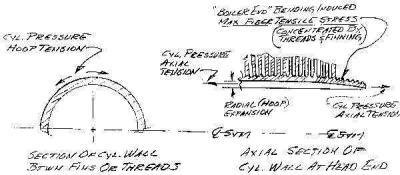 |
Boiler End Problems - In Aircraft Engines? This classical problem appears whenever a rigid end is structurally imposed upon a pressurized cylinder. It is common to some boilers of course and also to pressure vessels, hydraulic cylinders, aircraft cylinders, aircraft pressure hull structures and, with a mere reversal of signs, surface ship and submarine hulls. Boiler end loading failures are generally due to cumulative fatigue rather than simple gross overload. |
